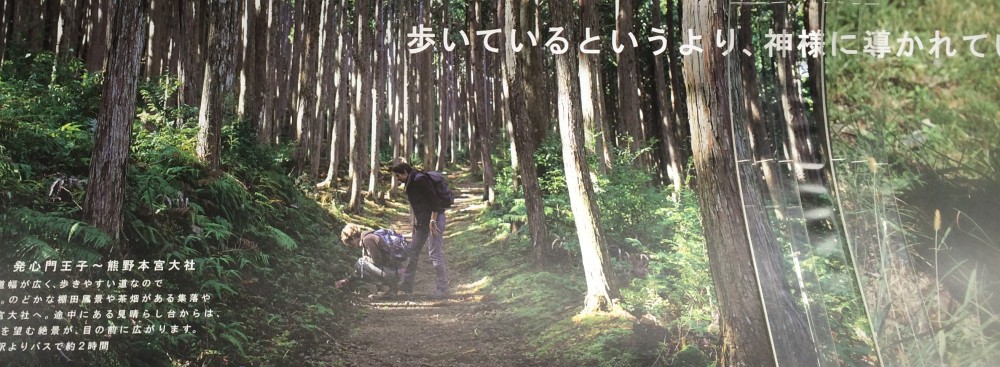COETAIL Course 4 Final Project:
After checking with the 3rd grade teacher, I am cleared for revamping the 3rd grade library unit, “The History of Books and Libraries†for the 2012 – 2013 school year. I have designed tech-friendly unit that will create an end product which will be helpful as a teaching resource for not only our own school, but other schools as well.
The unit will incorporate several tools which we have explored in Course 4 of our CoETaIL cohort and will put into practice some of the things which we have learned so far in our pursuit towards a Certificate of Educational Technology and Information Literacy. The end product will be a student-produced iBooks Author textbook that will be offered for free through our website or given away through the iTunes bookstore.
ISTE NETS for Students:
In designing this unit for our 3rd graders, here are the standards that I hope to address:
| ISTE NETS | ||
| Creativity and Innovation | ||
| Â 1 Students demonstrate creative thinking, construct knowledge, and develop innovative products and processes using technology. | Students: | |
| a.apply existing knowledge to generate new ideas, products, or processes.b.create original works as a means of personal or group expression. | ||
| Communication and Collaboration | ||
| Â 2 Students use digital media and environments to communicate and work collaboratively, including at a distance, to support individual learning and contribute to the learning of others. | Students: | |
| a.interact, collaborate, and publish with peers, experts, or others employing a variety of digital environments and media.b.communicate information and ideas effectively to multiple audiences using a variety of media and formats.
d. contribute to project teams to produce original works or solve problems. |
||
| Research and Information Fluency | ||
| 3 Students apply digital tools to gather, evaluate, and use information. | Students: | |
| a.plan strategies to guide inquiry.b.locate, organize, analyze, evaluate, synthesize, and ethically use information from a variety of sources and media.
c. evaluate and select information sources and digital tools based on the appropriateness to specific tasks. d. process data and report results. |
||
| Digital Citizenship | ||
| 5 Students understand human, cultural, and societal issues related to technology and practice legal and ethical behavior. | Students: | |
| a.advocate and practice safe, legal, and responsible use of information and technology.b.exhibit a positive attitude toward using technology that supports collaboration, learning, and productivity. | ||
| Technology Operations and Concepts | ||
| 6 Students demonstrate a sound understanding of technology concepts, systems, and operations. | Students: | |
| a.understand and use technology systems.b.select and use applications effectively and productively. | ||
The unit will begin with the use of the “Flipped Classroom” model…
Flipped Classroom:
Students will work in pairs to study in depth one section of the “History of Books and Libraries†unit. As homework, all students will be required to watch an overview video and will answer questions related to the content while they watch. Students will be able to replay the video or pause it long enough to record their answers. This will be especially helpful to the ELL students who sometimes have trouble understanding all of the content the first time through.
Possible Videos:
http://www.youtube.com/watch?v=vg-9kOixAbQ
http://www.youtube.com/watch?v=fM7OZUWUC40
As I looked for resources before teaching the books unit this year, I found that there really wasn’t a lot out there geared to the elementary age level. What I really needed was an interactive textbook that a 3rd grade student could understand. The resource did not yet exist, so it would have to be created. The need for resources is part of the impetus behind this project.
 Technology Integration:
As technology should be integrated when and where it is most applicable and relevant, creating a digital book about the evolution of books themselves seems an appropriate application. The iBooks Author tool is designed to be easy to use and intuitive. In researching this option, I have experimented with creating some books of my own, but I was very impressed by one example of a student-produced book on the flora and fauna of Florida that I recently came across. I downloaded the book and will use it with my class to show what can be done with this book-authoring tool. Creatures, Plants and More! by Andrea Santilli and her 7th grade students is available for free download at the iTunes store. Their project was recently highlighted in an article for MacLife.
As you can see, this is a chance for reaching the Transformation level of the SAMR model as the task of creating an eBook allows the students to do something previously inconceivable.
I can’t wait to see what the students create and hear about all that they learn through the process of creation.





